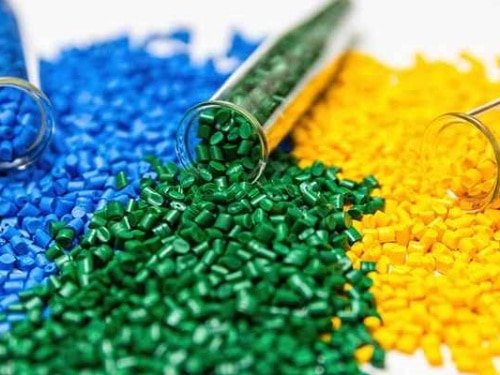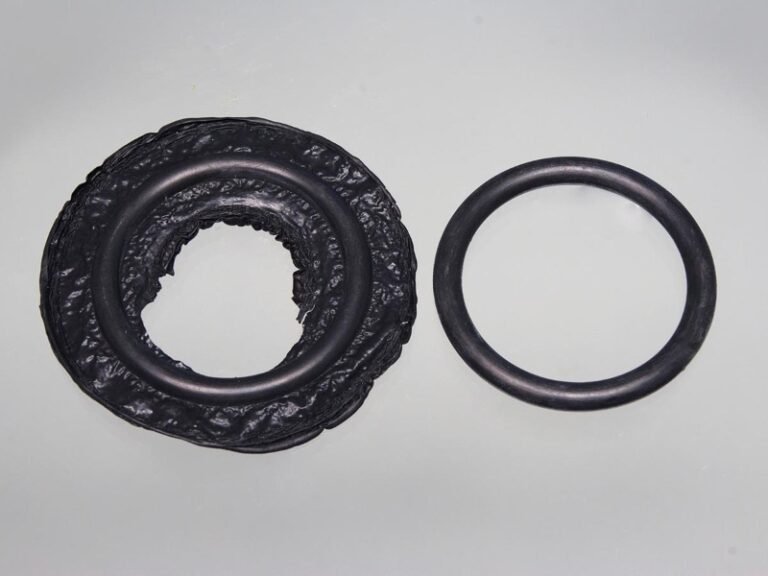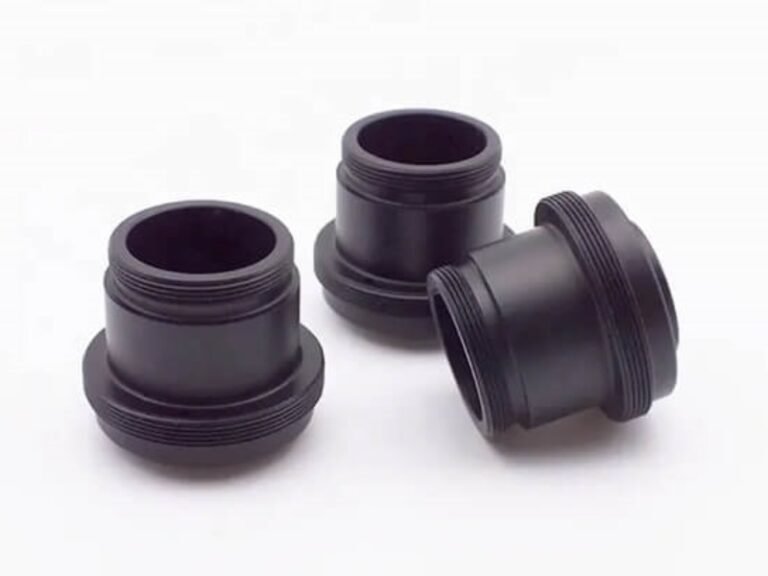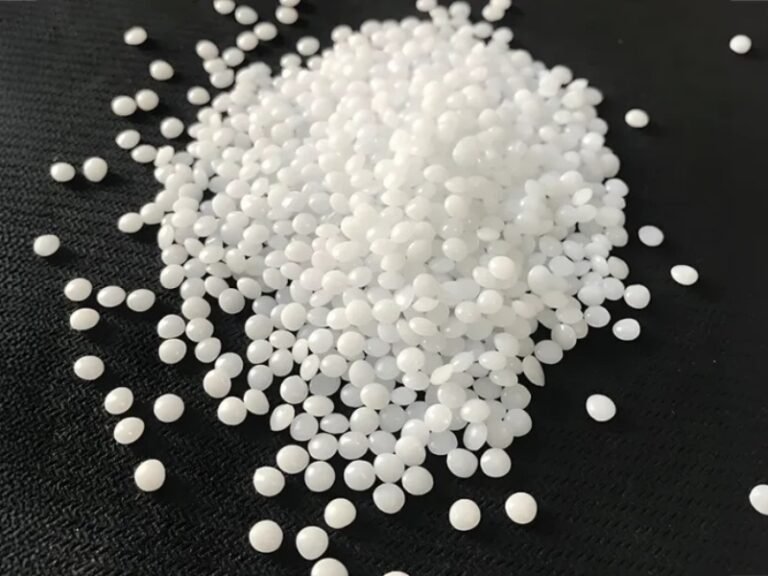ABS CNC machining has become one of the most favored methods for fabricating high-quality plastic parts in modern manufacturing. This article will explore the ABS CNC machining process advantages, material properties and the challenges of machining ABS.
What Is ABS Plastic?
ABS plastic, or Acrylonitrile Butadiene Styrene, is a terpolymer made by combining three distinct monomers: acrylonitrile, butadiene, and styrene. This thermoplastic polymer combines acrylonitrile for chemical and thermal stability, butadiene for toughness, and styrene for rigidity and ease of processing.
However, its sensitivity to high temperatures and certain chemicals requires careful handling during ABS plastic machining to ensure precision and quality in machined ABS parts.
Advantages and Disadvantages of ABS Plastic Machining
Advantages of ABS CNC Machining
- Excellent Mechanical Properties: ABS boasts high tensile strength, impact resistance, and hardness, ensuring reliable performance under load-bearing and impact scenarios.
- Cost-Effective: Compared to other engineering plastics, ABS is relatively inexpensive without sacrificing essential mechanical or thermal properties.
- Good Machinability: ABS plastic machining is straightforward and well-suited to CNC operations, allowing precise shaping with minimal tool wear.
- Chemical and Electrical Resistance: ABS offers good resistance to a range of acids, alkalis, and oils and acts as an effective electrical insulator, ideal for electronic housings.
- Aesthetic Versatility: Smooth surface finish and the ability to be painted or plated enable ABS parts to meet both functional and cosmetic requirements.
- Thermal Stability: Operates effectively in typical temperature ranges from -50°C to 70°C, retaining its physical and chemical properties.

ABS CNC Machining Service
Disadvantages of ABS CNC Machining
- Thermal Sensitivity: With a heat deflection temperature of 80–100°C, ABS can warp, melt, or surface chip if not cooled properly during ABS CNC machining.
- Limited UV Resistance: Prolonged exposure to sunlight may degrade ABS properties.
- Chemical Sensitivity: Solvents like acetone can damage ABS, necessitating careful coolant selection in ABS plastic machining.
ABS Machining Techniques
ABS CNC machining encompasses several techniques, each tailored to specific part geometries and requirements.
ABS CNC Milling
Milling is the most versatile machining technique for ABS, used to create complex shapes, holes, and surface finishes. It uses rotating tools to remove material with high precision.
The tools should be carbide or high-speed steel (HSS) end mills, preferably single or double-flute, ensure efficient chip evacuation.
Setting spindle speeds of 4000–8000 RPM and feed rates of 0.1–0.5 mm/tooth balance efficiency and heat control.
Use air cooling or light mist prevents overheating to avoid melting or distortion.
ABS CNC Turning
Turning is suitable for cylindrical ABS parts, such as shafts or fittings, where the material is rotated against a cutting tool.
The tools should be sharp carbide or HSS tools with positive rake angles (10–15°) minimize cutting forces.
Setting speeds at 500–1500 RPM and feed rates at 0.1–0.3 mm/rev ensure clean cuts to avoid vibrations or excessive heat.
Compressed air or minimal coolant maintains dimensional stability during ABS CNC turning.
ABS Drilling and Tapping
Drilling and tapping create holes and threads in machined ABS for assembly purposes.
Sharp drill bits typical or standard twist drills for plastics, avoiding larger diameter jumps to prevent cracking.
Setting speeds of 1000–3000 RPM and feed rates of 0.05–0.2 mm/rev prevent thermal damage.
Compressed air is preferred to avoid chemical interactions in ABS plastic machining.
Engraving and Etching
Engraving adds aesthetic or functional details to machined ABS parts, such as logos or serial numbers.
Choose high-precision carbide tools with small edge radii ensure fine detail.
Moderate speeds and controlled depth maintain surface quality.
Light mist or air cooling preserves the integrity of ABS CNC engravings.
Surface Finishes for ABS Parts
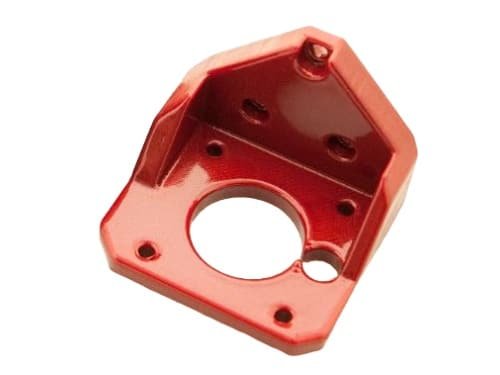
Surface finishing enhances both functionality and aesthetics of machined plastic parts made from ABS. Several options are available, each suited to specific applications.
- As-Machined: This cost-effective finish retains minor tool marks, suitable for non-aesthetic parts produced via ABS CNC machining.
- Bead Blasting: Glass beads create a uniform, matte finish, improving appearance and removing burrs from ABS plastic machining.
- Painting: Custom colors enhance durability and aesthetics, requiring surface preparation like bead blasting for adhesion.
- Polishing: Polishing yields a glossy finish, ideal for high-end machined ABS parts in consumer products.
- Clear Coating: A protective layer guards against scratches and UV exposure, preserving the natural look of ABS CNC parts.
Five Practical Tips for ABS Machining
To achieve optimal results in ABS CNC machining, consider these practical strategies:
- Select Machine-Grade ABS: Choose ABS grades optimized for CNC machining to ensure consistent chip formation and dimensional stability.
- Use Plastic-Specific Tools: Sharp carbide or HSS tools with coatings like TiN or DLC reduce friction and heat and maintain accuracy.
- Optimize Cutting Parameters: Adjust speed and feed rates empirically to minimize heat and burrs without sacrificing throughput.
- Apply Suitable Coolants: Non-aromatic, water-soluble coolants (mist or jet) manage heat without chemically degrading ABS during ABS CNC processes.
- Anneal Before Machining: Heat-treat ABS to relieve internal stresses, reducing warping and cracking risks for complex machined ABS components.
Applications of ABS CNC Machined Parts
The following table highlights common ABS machined product applications:
| Industry | Examples |
|---|---|
| Automotive | Dashboards, wheel covers, interior trim,bumpers, suspension components |
| Electronics | Housings, insulators, power tool casings |
| Prototyping | Functional models, test components |
| Medical Devices | Instrument housings, brackets, instrument housings, brackets |
| Consumer Goods | Toys, appliance parts, instrument casings |
| Aerospace | Lightweight structural components, protective covers |
Choose Zhongde for ABS CNC Machining
Zhongde brings not only advanced CNC machinery but extensive expertise in custom plastic manufacturing and machining ABS plastic parts to exacting tolerances and quality standards. Partnering with Zhongde guarantees high-quality parts, whether for small-scale prototypes or large production runs.
